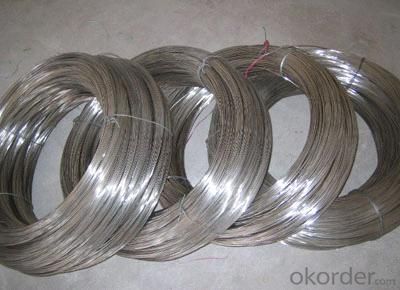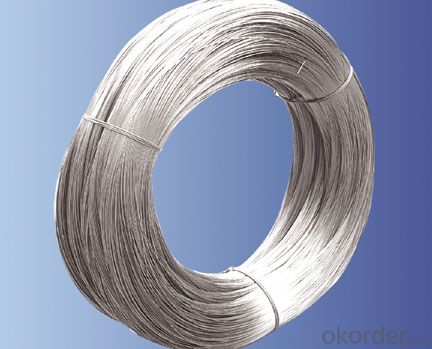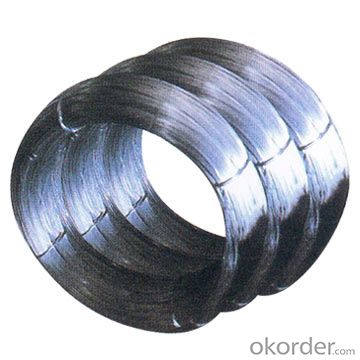Packaging & Delivery
| Packaging Details: | small common coil, big coil with carboard reel, Z2 coil amd so on |
|---|---|
| Delivery Detail: | 15 |
OKorder Service Pledge
OKorder Financial Service
You Might Also Like
Steel Grade:Q235,Q195,45#,65#,70#,72#,82#...
Standard:AISI, ASTM, BS, DIN, GB, JIS
Wire Gauge:0.3-13.0mm
Place of Origin:Zhejiang, China (Mainland)
Application:spring,rope,spoke,binding,clip,fencing...
Alloy Or Not:Non-alloy
Special Use:Cold Heading Steel
Model Number:round
black:bright
| Packaging Details: | small common coil, big coil with carboard reel, Z2 coil amd so on |
|---|---|
| Delivery Detail: | 15 |
steel wire can produce from 0.3mm to 13.0mm
can produce both high tensile strength and low tensile strength wire



Send your message to us
OKorder Service Pledge
OKorder Financial Service
Similar products
Hot products
Hot Searches
Related keywords